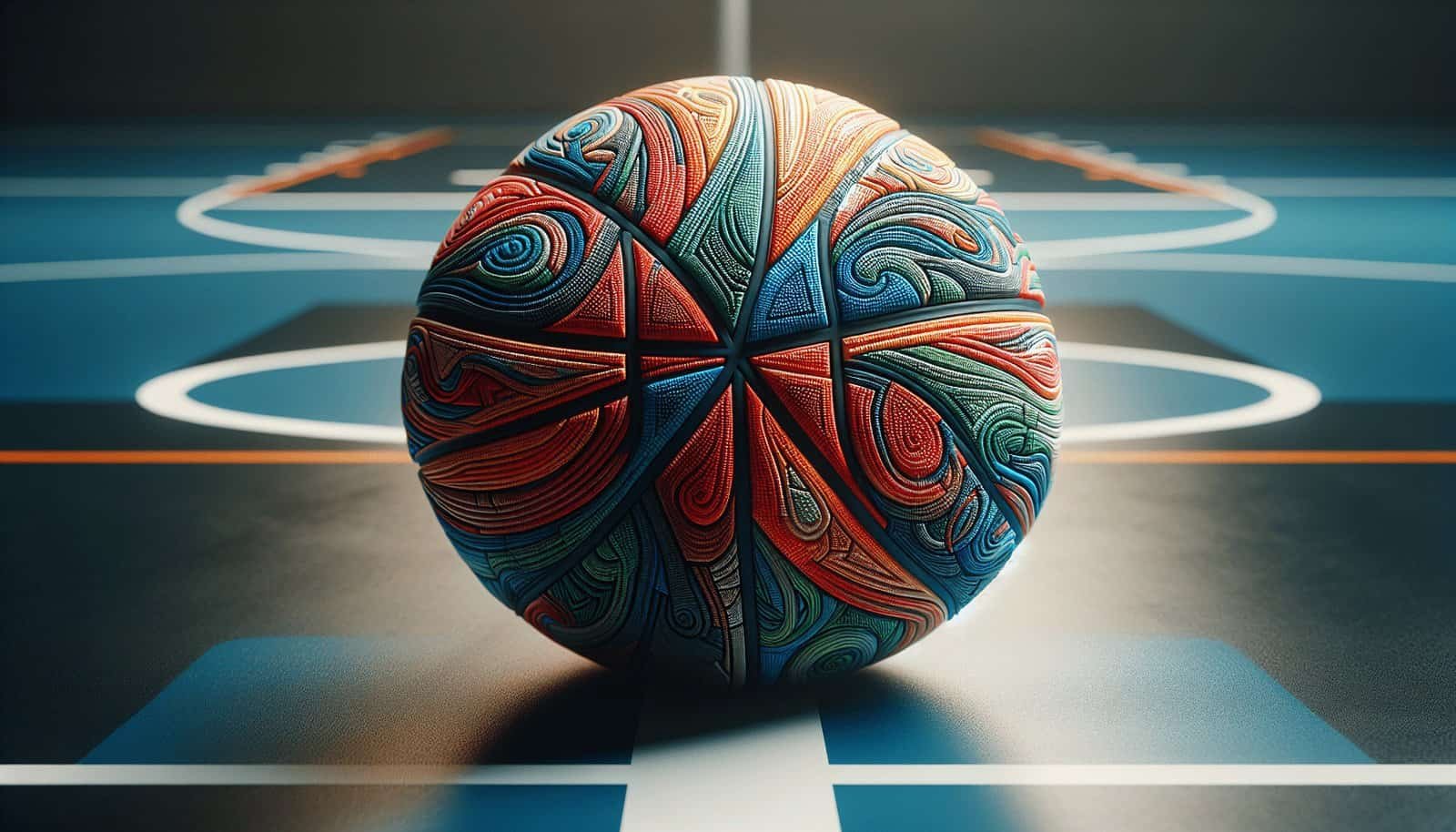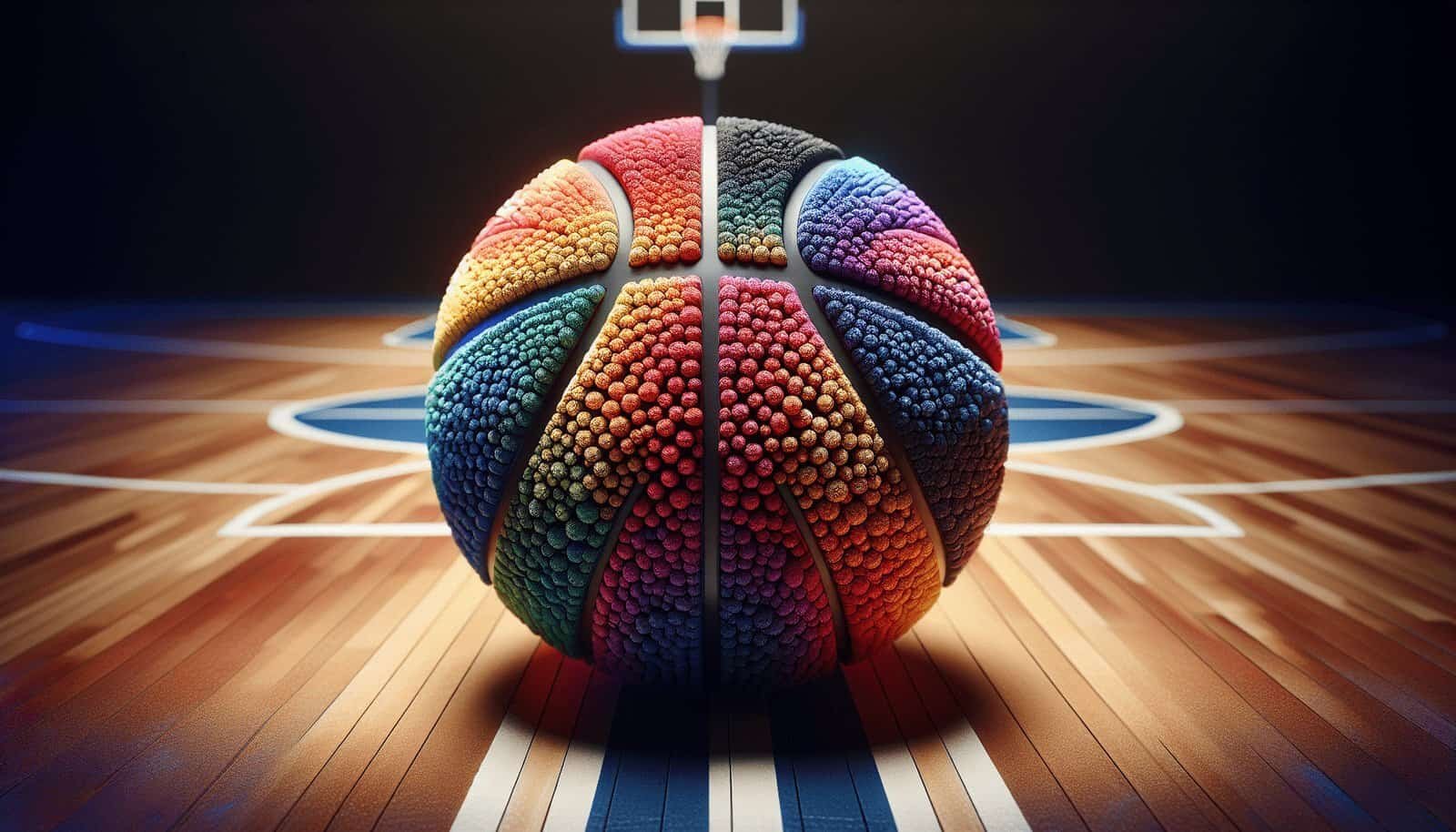Have you ever paused to think about how the color and design of a basketball might impact its visibility during a game? It’s one of those details that might slip by without much consideration, but for players, referees, and fans alike, these factors can indeed play a significant role. Whether you’re shooting hoops casually in your driveway or playing under bright lights in a packed stadium, the design aspects of a basketball can alter your game day experience significantly. Let’s embark on an exploration to uncover how something seemingly as simple as the pattern or color of a basketball can make a difference.
The Importance of Visibility in Basketball
How crucial is visibility in basketball, you ask? Well, imagine trying to track a ball that’s difficult to see. Whether you’re dribbling, passing, or shooting, clear visibility is vital for players to perform at their best. Furthermore, it impacts referees who need to clearly see the ball to make accurate calls, and it also affects the audience’s experience. A ball that’s easy to spot improves the overall fluidity of the game.
Visibility hinges on several factors, such as the lighting of the environment, the background against which the ball is seen, and of course, the ball’s own color and design. When these elements align perfectly, it creates a seamless viewing and playing experience.

The Evolution of Basketball Design
A Brief History of Basketball Design
The journey of the basketball design is as dynamic as the game itself. Would it surprise you to learn that the first basketballs were brown? In fact, in the early days of basketball in the 1890s, the balls used weren’t even specifically designed for the sport. It was only in the 1950s that Tony Hinkle, a college basketball coach, introduced the now-classic orange ball. The aim was to improve visibility for players and audiences alike, given that arenas evolved to host larger crowds.
The Science of Color in Sports Equipment
How does color science play into sports equipment, especially basketballs? Our brains process colors differently under various conditions. For instance, brighter colors tend to catch our attention more rapidly than darker shades. In basketball, the traditional orange color ranks higher in terms of visibility, but with advances in design and materials, color options have expanded.
Brands experiment with colors that can either contrast or blend with different environments such as indoor courts, outdoor settings, and varied lighting conditions. Each plays a role in how well players can perceive the ball’s motion against its backdrop.

Key Factors Affecting Basketball Visibility
The Role of Lighting
Lighting can make or break the effectiveness of a basketball’s color and design. Natural daylight varies from challenging artificial lighting in indoor arenas. You might wonder, how do basketballs maintain consistent visibility under such varied conditions? Here’s when specially formulated dyes or color finishes come into play, ensuring minimal color distortion irrespective of the lighting source.
The Influence of Contrasting Environments
Ever considered how a basketball’s color contrast against different backgrounds affects its visibility? Envision trying to keep track of a ball against a brightly lit wall or a crowd. If the contrast is low, your eyes might strain a bit more. Hence, vibrant contrasting hues are often used to enhance visibility.
Here’s a quick visual breakdown of color contrasts:
| Environment Background | Optimal Color Contrast for Basketballs |
|---|---|
| Dark Indoor Courts | Bright colors like neon green or white |
| Light Outdoor Courts | Dark colors such as navy or maroon |
| Neutral Settings | Standard orange or bright yellows |
Size and Surface Design
It can be tempting to think that all basketballs might look the same due to their round shape. However, the size and surface designs also affect visibility.
Surface Patterns: More Than Just Aesthetic
You might see a myriad of patterns on modern basketballs, from the classic symmetrical look to more eclectic designs. Ever wondered why? These patterns aren’t solely for aesthetics. While they do add some visual interest, the ridges and grooves are instrumental for better grip, which in turn assists in player control.
The visual patterns add depth, helping you track the ball’s movement as it rotates and bounces across the court.
Influence of Size
As intuitive as it may sound, size does affect visibility. Regulation-sized basketballs, adopted by major leagues, strike a balance of visibility and playability. Larger or smaller balls might alter visibility especially when mixed with certain designs or colors.

Exploring Modern Basketball Design Trends
Color Innovations
Though traditional orange holds its place, modern trends have seen basketballs take on an array of colors. These trendy colors are not just an aesthetic choice but a quest for enhanced visibility.
Customization: Meeting Personal Preferences
In today’s era, customization offers more than personalization. Customized basketballs accommodate personal preferences which might include specific colors or designs that players believe give them an edge or better match their playing venues.

How Manufacturers are Adapting
Advances in Materials
Manufacturers are always on the lookout to adopt materials that work in tandem with designs for optimized visibility. Advanced synthetic materials, for example, can seamlessly support vibrant colors while boosting durability.
Eco-Friendly Designs
As environmental concerns climb, basketball manufacturers also focus on sustainable practices. Eco-friendly designs using sustainable materials are becoming increasingly popular.

Conclusion: The Impact of Design on Game Play
In summary, what might initially seem a simple component of basketball—its color and design—plays a crucial role both visually and functionally. From understanding how these contribute to better performance and enjoyment, to accommodating personal preferences, the color and design of basketballs are paramount.
You might next wonder how this knowledge could potentially enhance your game or watching experience. Perhaps, the next time you play or attend a match, you’ll find yourself paying a bit more attention to that iconic orange ball—or whatever color it may be.
By appreciating the intricate design and color choices involved, you foster a deeper connection to the craft of the game. So, as you ponder this newfound insight, you can perhaps pass this knowledge on during a casual game, a detailed analysis on a sports blog, or even apply it while choosing your very own perfect basketball.
